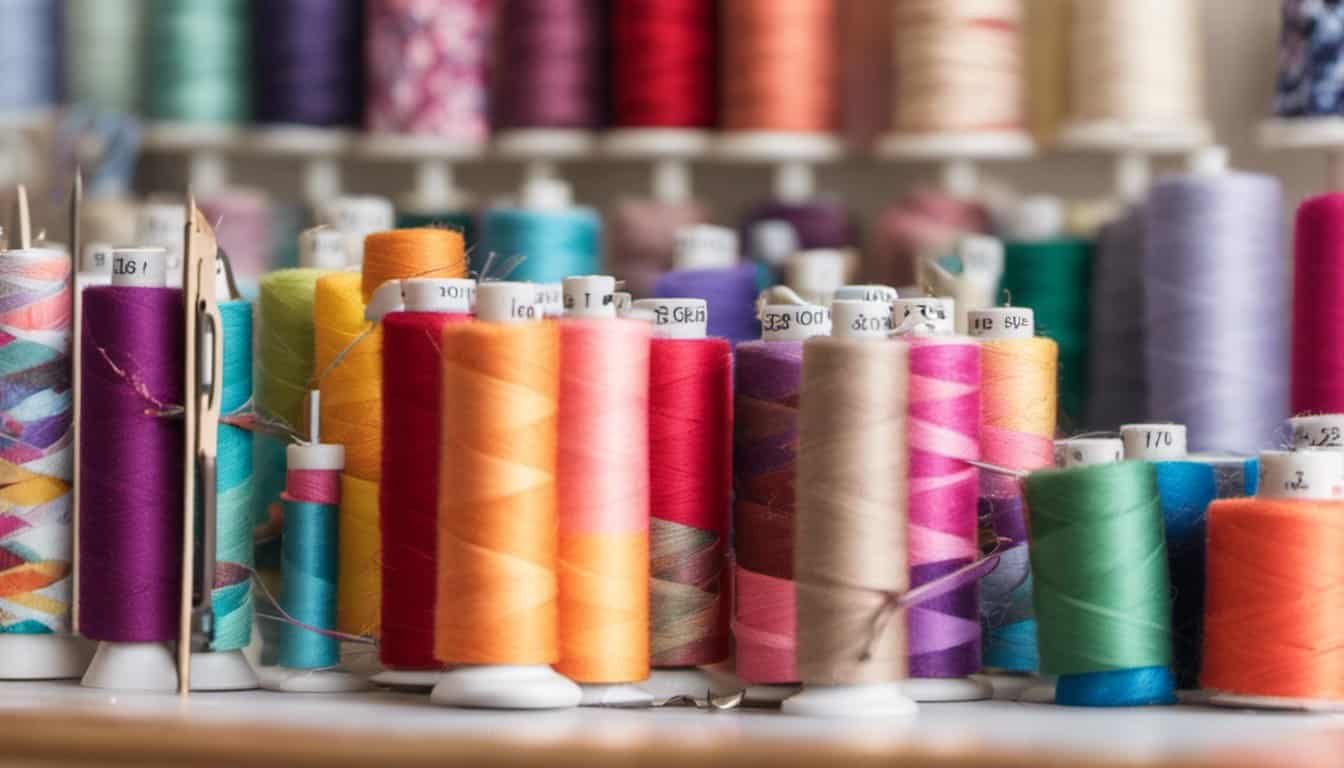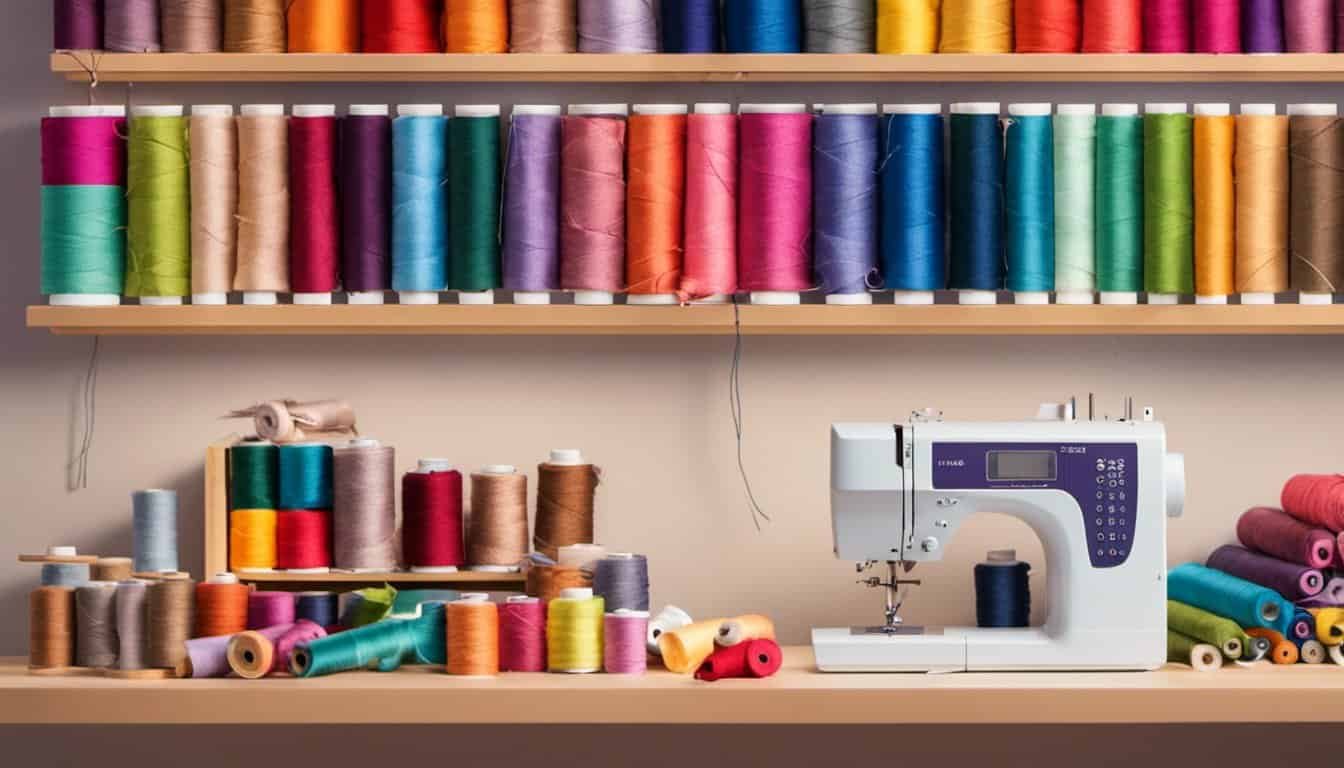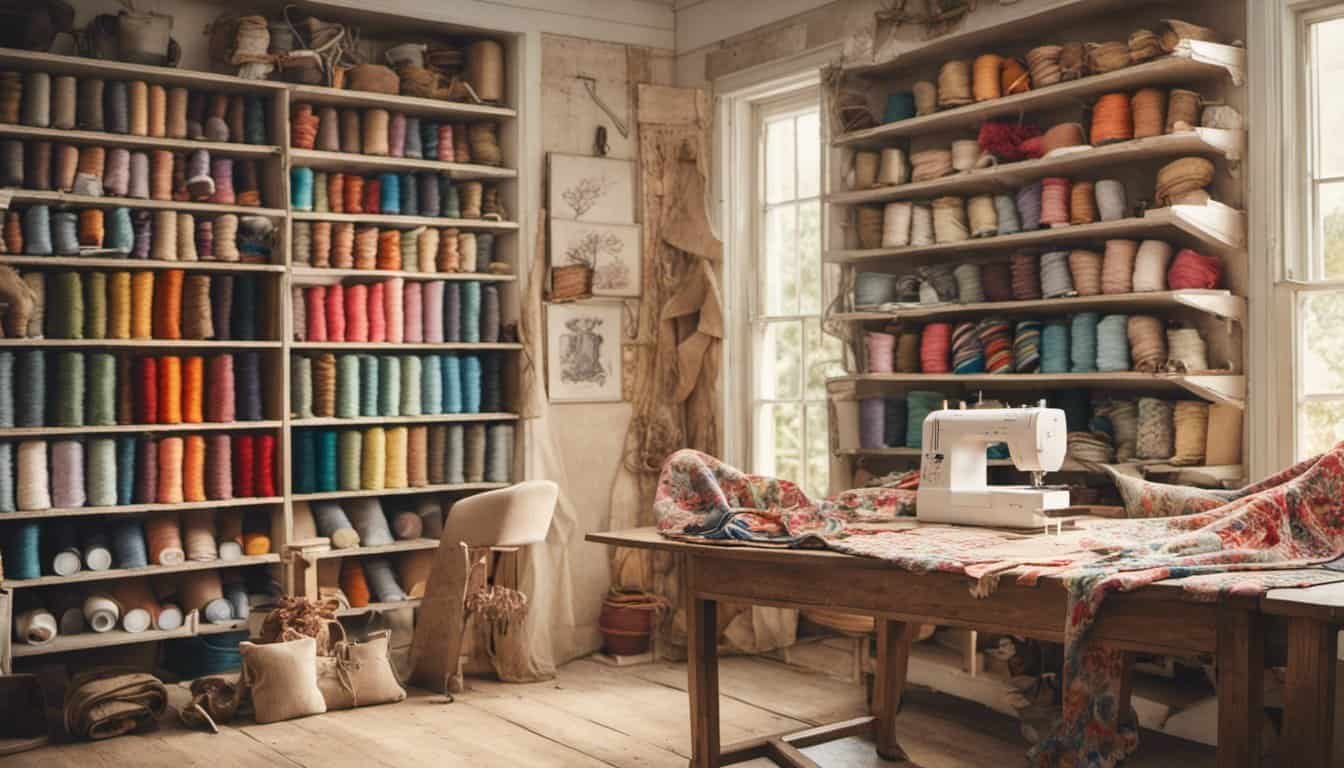I’ve always loved the cozy charm of a well-made cardigan, and there’s something extra special about creating one yourself. Sewing with knit fabric might seem a little intimidating at first, but trust me, it’s easier than it looks—and so rewarding. Whether you’re new to sewing or just looking to try something fresh, making a cardigan is a fun project that’ll leave you with a stylish, handmade piece you’ll actually want to wear.
Tools And Materials Needed
Sewing a cardigan with knit fabric requires the right tools, materials, and preparation. Setting up properly makes the process smoother and more enjoyable.
Essential Sewing Tools
Accurate measuring and cutting tools are crucial. I always use a measuring tape, fabric scissors, and a rotary cutter with a cutting mat for clean edges. Pins or clips help secure fabric pieces without shifting. A universal sewing needle, size ballpoint or stretch needles (size 75/11 or 90/14), prevent skipped stitches on knit fabric. Seam rippers and tailor’s chalk are handy for correcting mistakes and marking patterns. Don’t forget a clear ruler for precise measurements.
Selecting The Perfect Knit Fabric
Choosing the right knit fabric ensures the cardigan has the desired stretch, drape, and comfort. I often opt for medium-weight knits like jersey, double knit, or French terry, which are beginner-friendly and versatile. Pay attention to the fabric’s stretch percentage—typically noted on the label—to match the pattern’s recommendations. For a softer drape, fabrics with 4-way stretch perform wonderfully, while 2-way stretch may suit more structured designs.
Choosing The Right Sewing Machine Settings
Adjusting sewing machine settings prevents puckering and ensures smooth stitches. For knit fabric, I recommend using a zigzag stitch or a stretch stitch, as both allow flexibility. Set the stitch length to 2.5-3.0 mm for balanced stitch tightness. Reduce presser foot pressure if the fabric is stretching too much during sewing. Using a walking foot attachment can also help feed the fabric evenly.
Preparing The Knit Fabric
Getting the knit fabric ready is a key step in sewing a cardigan. Proper preparation helps maintain the fabric’s quality and ensures a polished final result.
Pre-Washing And Drying
Pre-washing the knit fabric prevents shrinkage after sewing. I always wash it in cold water using a gentle cycle to preserve its elasticity. Avoid fabric softeners because they can coat fibers and affect the stretch. After washing, tumble dry on low heat or air dry flat to prevent overstretching or distortion.
Cutting The Fabric Accurately
Accurate cutting ensures clean seams and a symmetrical design. I recommend using a rotary cutter and a cutting mat for precision. Align the fabric edges on the grainline to avoid skewed pieces. Double-check pattern placement to match directional prints or ensure consistent alignment for plain knits.
Using Pattern Weights Or Pins
Stabilizing the fabric while cutting is essential to avoid shifting. Pattern weights work best for stable knits like French terry, while ballpoint pins secure lighter fabrics like jersey without damaging fibers. I position weights or pins evenly around the edges to keep the fabric securely in place before cutting.
Step-By-Step Sewing Instructions
Sewing a cardigan with knit fabric involves assembling pieces, sewing seams, and adding finishing touches for a professional look. Here’s how I approach every step.
Assembling The Cardigan Pieces
I begin by laying out the pre-cut fabric pieces on a flat surface. Placing the right sides of the fabric together ensures all seams are hidden inside. I align the shoulders, front panels, and back panel first, using clips or pins to keep the fabric stable. For sleeves, I match the notches on the sleeve caps to the armholes, securing them in place before sewing. Organizing each piece properly helps avoid shifting when sewing.
Sewing Seams On Knit Fabric
I use a zigzag or stretch stitch for sewing seams, ensuring flexibility and durability. When stitching, I gently guide the fabric without stretching it, letting the feed dogs pull it smoothly. To reinforce seams, I sew with a 3/8-inch seam allowance, trimming any excess fabric afterward. For areas like the underarms, which endure more stress, I double-stitch for extra strength. Using a ballpoint needle prevents damaging the knit fibers and ensures clean, even stitches.
Adding Cuffs, Hem, And Collar
After sewing the main body, I attach cuffs, the hem, and the collar. I fold the cuffs in half lengthwise, aligning the raw edges with the sleeve ends, and secure them with clips before stitching. For the hem, I fold the fabric edge up by 1 inch and use a twin needle for a neat, stretchy finish. When attaching the collar, I align its raw edge with the neckline, ensuring no puckers or misalignment. Stretching lightly while stitching helps the collar lay flat.
Finishing Touches And Final Pressing
To complete the cardigan, I trim any loose threads and check all seams for strength and evenness. For a polished look, I press the seams open or to one side using a warm iron and a pressing cloth to avoid damaging the fabric. For hems and collars, pressing helps the edges stay crisp and professional. Finally, I inspect the garment to ensure it’s ready to wear, focusing on comfort and fit.

Tips For Working With Knit Fabric
Working with knit fabric can feel tricky, but it’s manageable with the right strategies. Below, I share my expert tips to make your sewing experience smoother and more enjoyable.
Avoiding Stretch And Distortion
Knit fabrics tend to stretch during sewing if not handled properly. I always start by supporting the fabric as I feed it through the machine, ensuring it doesn’t pull or sag. When pinning or clipping, I place the anchors closer together to keep edges stable. Using pattern weights during cutting also minimizes unnecessary movement. For sewing, I engage the walking foot attachment, which helps evenly feed the top and bottom layers of fabric.
Using Stitches Suitable For Knits
Choosing the correct stitch ensures that seams remain durable and flexible. I rely on stretch stitches or a narrow zigzag stitch, as these are designed for knits and prevent thread breakage. For additional reinforcement, I sometimes sew overlock stitches using a serger, which also finishes the edges cleanly. If you’re using a standard sewing machine, test the stitches on a fabric scrap to confirm their performance before proceeding.
Troubleshooting Common Mistakes
Mistakes with knits happen, but most are fixable. If puckering occurs, I check and adjust thread tension, ensuring it’s not too tight. When stitches skip, I replace the needle with a fresh ballpoint or stretch needle, as they penetrate knit fibers without damage. Curling edges can be frustrating, so I lightly press them with an iron on a low heat setting and use spray starch sparingly to control curling.
By mastering these techniques, it’s easier to handle knit fabric while achieving polished and comfortable garments.
Styling And Personalization Ideas
« Simple Steps for Sewing a Sun Hat for Kids: A Fun & Creative DIY Guide You’ll Love
How to Sew a Fabric Gift Bag: Easy DIY Guide for the Perfect Eco-Friendly Gift Wrap »
Adding unique touches to your cardigan creates a personalized, stylish piece. I often experiment with minor adjustments and accessories to elevate the design.
Fabric Choices
Selecting fabrics with patterns, textures, or mixed fibers adds dimension. For example, striped jersey, cable-knit textures, or color-blocked panels can make a simple cardigan stand out. Mixing prints or incorporating panels of contrasting fabrics creates visual interest.
Embellishments
Incorporating embellishments transforms a basic cardigan into a standout garment. Decorative buttons, embroidered patches, or lace trims around the cuffs or hem work well. For a bolder look, I like to add sequins or studs to the shoulders or pockets.
Custom Sleeves
Altering sleeve styles customizes the appearance. Bell sleeves or bishop sleeves provide a boho aesthetic, while ruched or puff sleeves add volume. When adding cuffs, inserting a contrasting fabric creates an eye-catching detail.
Length Variations
Playing with length changes how a cardigan pairs with outfits. Cropped cardigans complement high-waisted skirts, while long cardigans add warmth and elegance. Adding slits at the sides is a practical and stylish modification for longer designs.

Closure Alternatives
I sometimes replace traditional closures with unconventional options like toggle clasps, ribbons, or even magnetic snaps. Leaving the cardigan open and layering it with belts also provides a stylish finish.
Pockets
Pockets combine function and flair. Large patch pockets offer a casual feel, while hidden side-seam pockets keep the look sleek. Contrasting the pocket fabric adds an unexpected pop.
Decorative Stitching
Decorative stitching accentuates seams and edges. Using threads in a contrasting color or applying topstitching along hems can subtly enhance the design. Twin-needle stitching along pocket openings or cuffs provides a professional look.
Styling and personalization take a handmade cardigan beyond its utility, allowing creativity to shine.
Conclusion
Sewing a cardigan with knit fabric is such a rewarding experience. It’s a chance to create something that’s not only stylish but also uniquely yours. With the right tools, techniques, and a little patience, you can make a piece that feels just as good as it looks.

Don’t be afraid to experiment with fabrics, embellishments, or design tweaks to make your cardigan stand out. The beauty of handmade garments lies in the personal touches you add along the way. Take your time, enjoy the process, and let your creativity shine.
Whether it’s your first sewing project or one of many, making a cardigan is a wonderful way to combine practicality with artistry. I hope this guide inspires you to dive in and create a piece you’ll love wearing for years to come. Happy sewing!

















